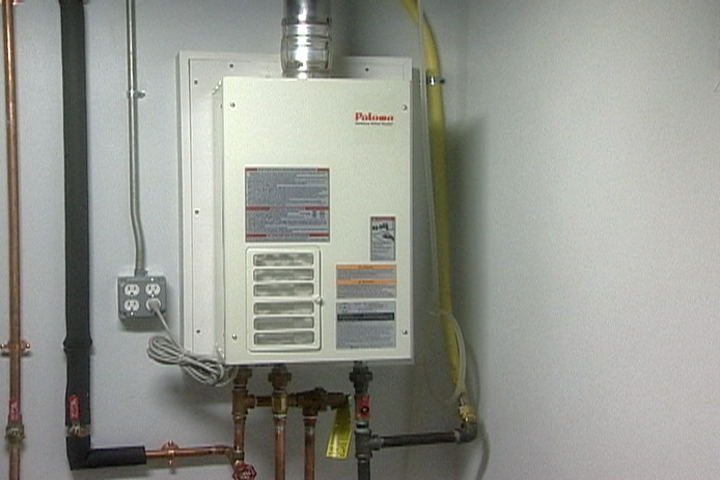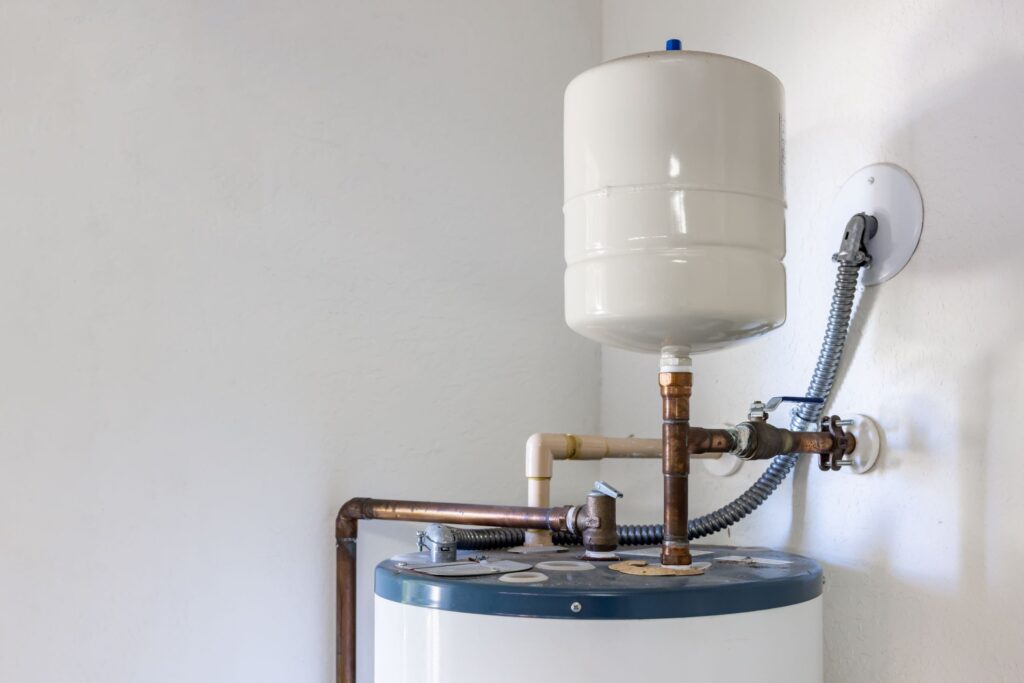We have stumbled upon this article relating to Tips on Maintaining a Water Heater directly below on the net and accepted it made good sense to relate it with you on my blog.

Warm water is essential for daily convenience, whether it's for a rejuvenating shower or cleaning meals. To guarantee your hot water system runs successfully and lasts much longer, regular upkeep is crucial. This article supplies sensible tips and understandings on how to maintain your home's warm water system to avoid interruptions and expensive fixings.
Intro
Keeping your home's warm water system could seem daunting, however with a couple of simple steps, you can guarantee it runs smoothly for several years ahead. This guide covers whatever from understanding your hot water system to DIY upkeep tips and knowing when to call professional help.
Importance of Maintaining Your Hot Water System
Routine maintenance not only extends the lifespan of your hot water system however likewise ensures it operates successfully. Neglecting upkeep can cause reduced efficiency, greater power bills, and even early failure of the system.
Signs Your Warm Water System Demands Maintenance
Knowing when your warm water system needs focus can prevent significant problems. Keep an eye out for indicators such as irregular water temperature, odd sounds from the heating unit, or rustic water.
Understanding Your Hot Water System
Before diving right into maintenance jobs, it's practical to comprehend the standard elements of your hot water system. Typically, this includes the hot water heater itself, pipelines, anode rods, and temperature controls.
Regular Monthly Maintenance Tasks
Routine regular monthly checks can assist catch small issues prior to they escalate.
Flushing the Hot Water Heater
Flushing your hot water heater eliminates sediment buildup, boosting performance and extending its life.
Monitoring and Changing Anode Rods
Anode poles prevent deterioration inside the container. Evaluating and changing them when worn out is essential.
Examining and Readjusting Temperature Setups
Adjusting the temperature setups ensures ideal performance and security.
DIY Tips for Upkeep
You can do a number of upkeep tasks yourself to maintain your hot water system in top condition.
Looking for Leakages
On a regular basis examine pipelines and links for leaks, as these can bring about water damages and higher expenses.
Evaluating Pressure Alleviation Valves
Evaluating the pressure safety valve ensures it operates properly and prevents too much pressure buildup.
Protecting Pipes
Protecting hot water pipelines decreases heat loss and can conserve energy.
When to Call an Expert
While DIY upkeep is useful, some issues need expert proficiency.
Facility Issues Calling For Professional Aid
Examples consist of significant leaks, electric problems, or if your hot water heater is consistently underperforming.
Regular Professional Maintenance Benefits
Specialist maintenance can consist of complete evaluations, tune-ups, and making certain compliance with safety and security criteria.
Final thought
Normal maintenance of your home's warm water system is essential for effectiveness, long life, and cost financial savings. By following these ideas and knowing when to seek specialist help, you can make sure a reliable supply of warm water without unforeseen interruptions.
How to Maintain an Instant Hot Water Heater
Before tinkering with your hot water heater, make sure that it’s not powered on. You also have to turn off the main circuit breaker and shut off the main gas line to prevent accidents. Also turn off the water valves connected to your unit to prevent water from flowing into and out of the appliance. 2. When you’re done, you have to detach the purge valves’ caps. These look like the letter “T” and are situated on either side of the water valves. Doing so will release any pressure that has accumulated inside the valves while at the same time avoid hot water from shooting out and burning your skin. 3. When the purge valves’ caps are removed, you have to connect your hosing lines to the valves. Your unit should have come with three hoses but if it didn’t, you can purchase these things from any hardware or home repair shops. You can also get them from retail stores that sell water heating systems. Read the user’s manual and follow it to complete this task properly. When the hosing lines are connected, open the purge port’s valves. 4. You should never use harsh chemical cleaners or solutions when cleaning your unit. Make use of white vinegar instead. It should be undiluted and you’ll probably use about 2 gallons. 5. Now flush your water heater. This task should probably take about 40 minutes. We can’t give you specific directions for this because the procedure is carried out depending on the type, model and brand of your heater. With that being said, refer to the user’s manual. 6. When you’re done draining the unit, you have to turn off the purge port valves again. Remove the hosing lines that you earlier installed on each of the water valves. Put the valve caps (purge port) back in their respective places and be very careful so as not to damage the rubber discs that are found inside these caps. 7. Now that everything’s back in place, check your user’s manual again to find out how to reactivate your water heating system. 8. Once it is working, turn one of your hot water faucets on just to let air pass through the heater’s water supply pipes. Leave the tap on until water flows smoothly out of it. https://www.orrplumbing.com/blog/2014/september/how-to-maintain-an-instant-hot-water-heater/

Do you appreciate reading up on How to Maintain a Hot Water Heater in a Few Simple Steps? Post feedback below. We'd be delighted to listen to your opinions about this entry. We hope that you visit us again later on. Sharing is good. Helping people is fun. I praise you for your time. Please stop by our blog back soon.
Book Your Appointment